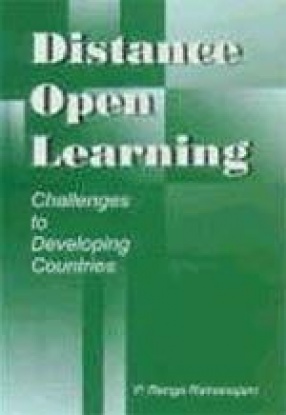Distance and open learning has been practised by more than 1300 institutions in about 130 countries offering 70,000 odd courses to nearly 90 million students with varied academic, economic and cultural backgrounds. Traditional barriers to education are fast disappearing thanks to new communicational technologies that tremendously influence the thinking of educationists, policy makers and practitioners of distance and open learning. Geographical, national and institutional boundaries get broken or redrawn, allowing greater number of students to choose the courses they need and the ways in which they want to learn across the countries. This rosy global scenario, however, has its thorny side too. While the successful, well-equipped and competitive institutions of open learning in the advanced countries are merrily marching ahead under the banner of globalisation, the under-fed institutions in the developing countries stand at a cross roads. Paucity of material support coupled with poverty of ideas and experiences in the latter put them at the receiving end literally. Though the potential of distance and open learning offers the possibilities to institutions in the developing world to bring in educational reforms, the practising of it is checkmated by various factors such as poor human resources, inadequate technological support and above all, the cultural environment which still encourages teaching rather than self-learning. The implications of all these are discussed in the book through an incisive analysis and a critical perspective.
Distance Open Learning
In stock
Free & Quick Delivery Worldwide
Bibliographic information
Title
Distance Open Learning
Edition
1st ed..
Publisher
ISBN
8175410981
Length
168 p., Illustrations; 23cm
Subjects





There are no reviews yet.